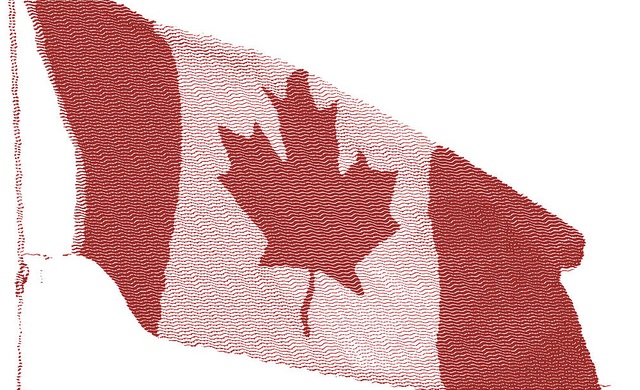The Bank of Canada decided to cut interest rates by 25 basis points yesterday to 0.50%. This move was widely expected by economists who were surveyed on the matter and the Canadian Dollar quickly shed roughly 200 pips as forex traders were adjusting their positions. The Canadian economy, which is heavily dependent on commodity exports, has suffered from a range of headwinds which pressure the economy to the downside and the Bank of Canada may have felt pressured to act with a cut in interest rates.

The Canadian Dollar, which belongs to the group of commodity currencies together with the Australian Dollar and the New Zealand Dollar and to a much lesser degree the Swiss Franc, has been exposed to a continuing bearish trading environment as not only Canadian economic reports have largely come in and disappointed economists and forex traders alike but also those of major trading partners. Canada is indirectly exposed to the economic performance of Asian powerhouse China as well as Japan.
The most recent economic disappointments may have played a major role in yesterday’s interest rate cut. The Canadian Gross Domestic Product (GDP) unexpectedly contracted in April by 0.1% which followed a 0.2% contraction reported in March. Economists were looking for an expansion of 0.1%. The annualized GDP for April rose only 1.2% against expectations for no change from the 1.5% increase which was reported in March. While the annualized GDP continues to expand, the momentum is to the wrong side and the second-quarter GDP may come in well below 1.0%.
Retail sales for April also posted an unexpected contraction of 0.1% while retail sales less automobile sales plunged by 0.6%. More evidence for an overall economic slowdown was evident in international merchandise trade which decreased C$3.34 billion. Economists did expect a contraction, but estimates called for a contraction of C$2.55 billion in May which compares to the upward revised contraction of C$2.99 billion. Canadian building permits plunged 14.5% in May which follows an increase of 12.1% reported in April. Economists expected a contraction of only 5.0%.
Plenty of domestic factors may have given the Bank of Canada red flags about potential future economic performance, but the cut in interest rates could have more short-term negative impacts than positive ones. The biggest threat may be inflation which increased despite the slump in economic output and unless consumer inflation reverses course, yesterday’s interest rate cut may have negative consequences. The annualized core CPI stands at 2.2% while the annualized CPI remains below 1.0% at 0.9%, but the monthly CPI rose by 0.6% which reversed the monthly deflationary reading of April when the CPI contracted by 0.1%.
The biggest risk to the Canadian economy remains the drop in commodity prices, especially the price of Oil. While the Chinese and Japanese economies are mired in economic woes of their own, yesterday’s interest rate cut may have delivered the last big headwind for the Canadian Dollar as this could be the last cut in interest rates by the Bank of Canada. A period of no changes should be accounted for in economic models as the next move is likely to be an increase in interest rates. Forex traders are advised to keep the Canadian Dollar on the radar with a bias towards long positions in the Canadian currency.
This market analysis was brought to you by www.nsfx.com

 Hot Features
Hot Features













